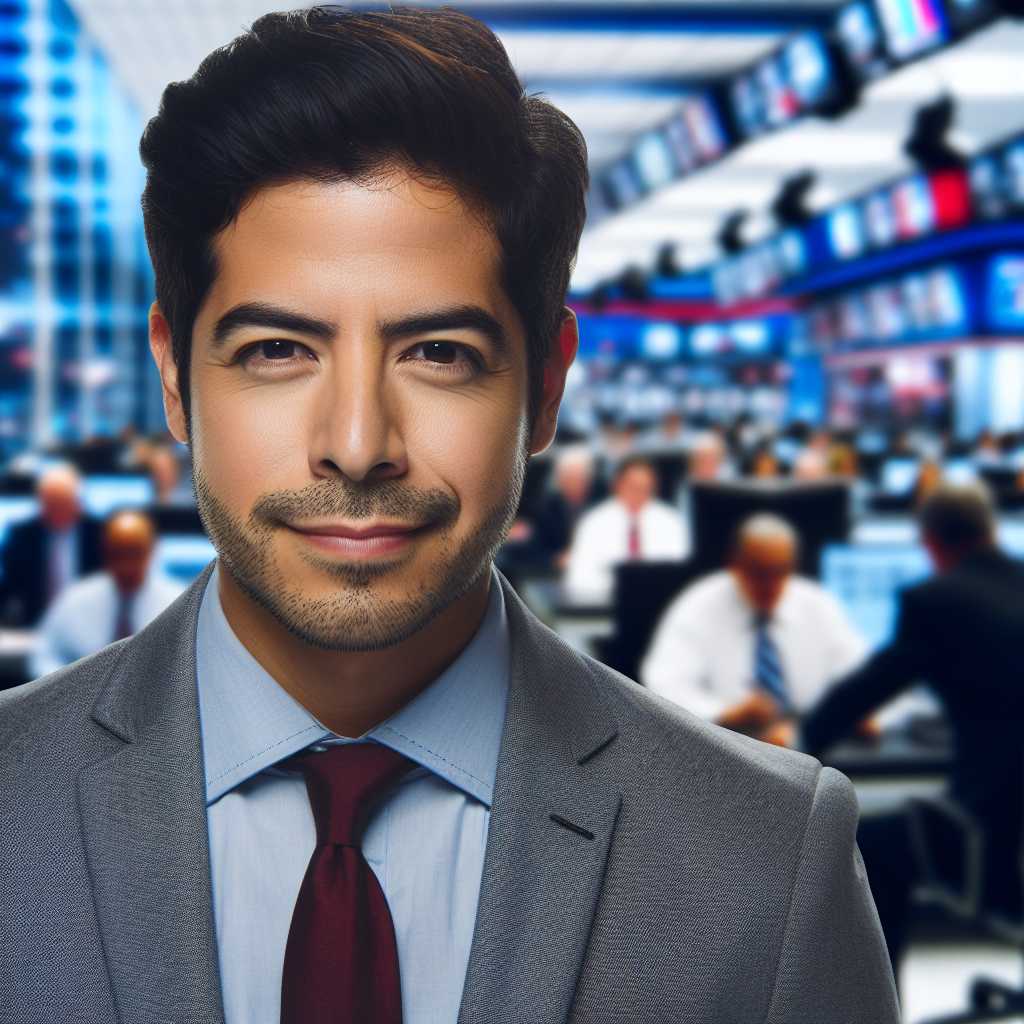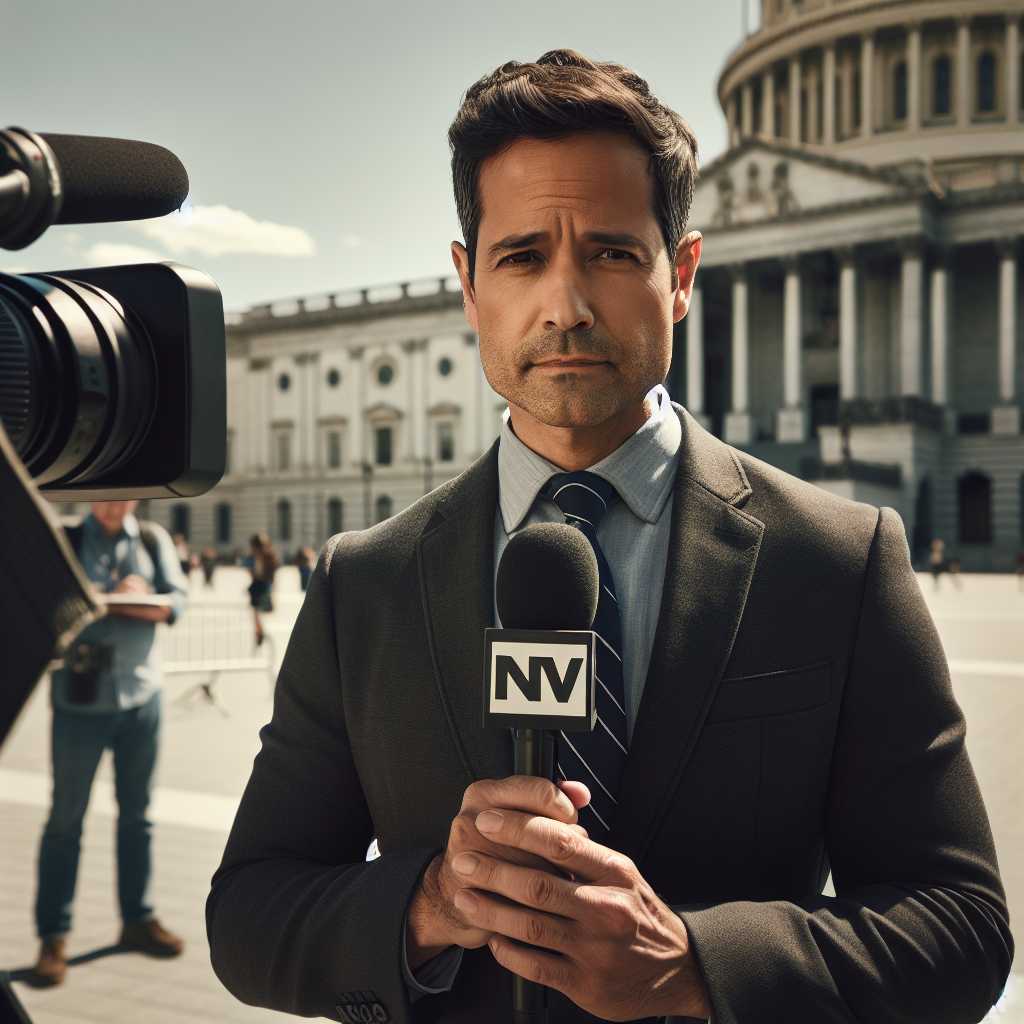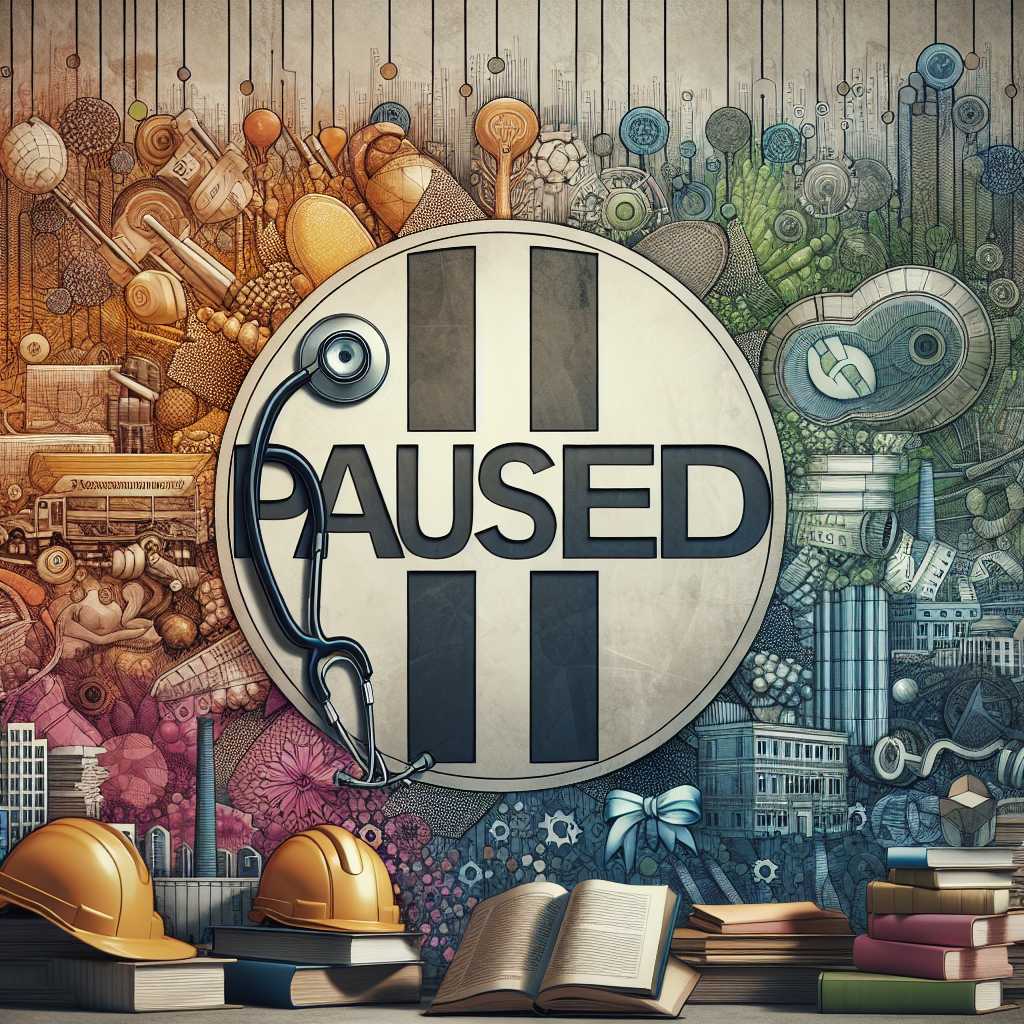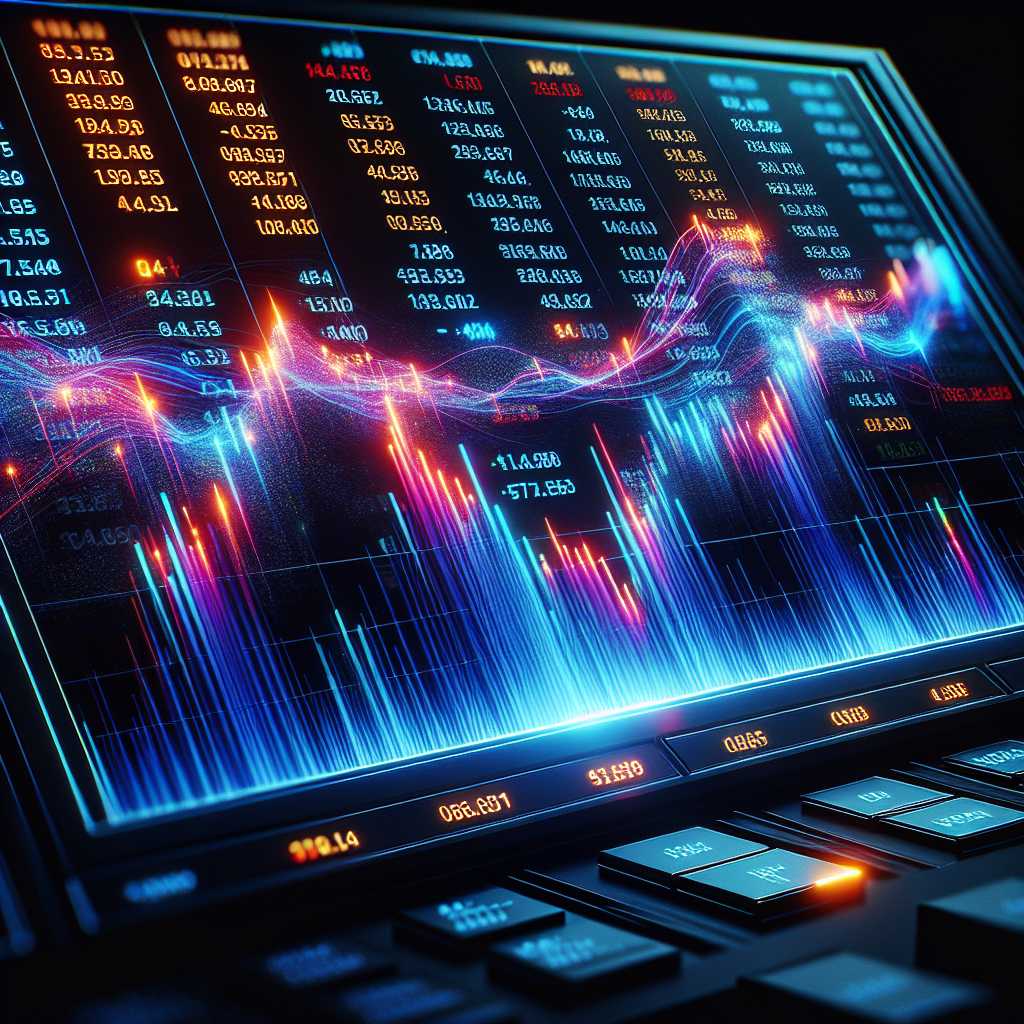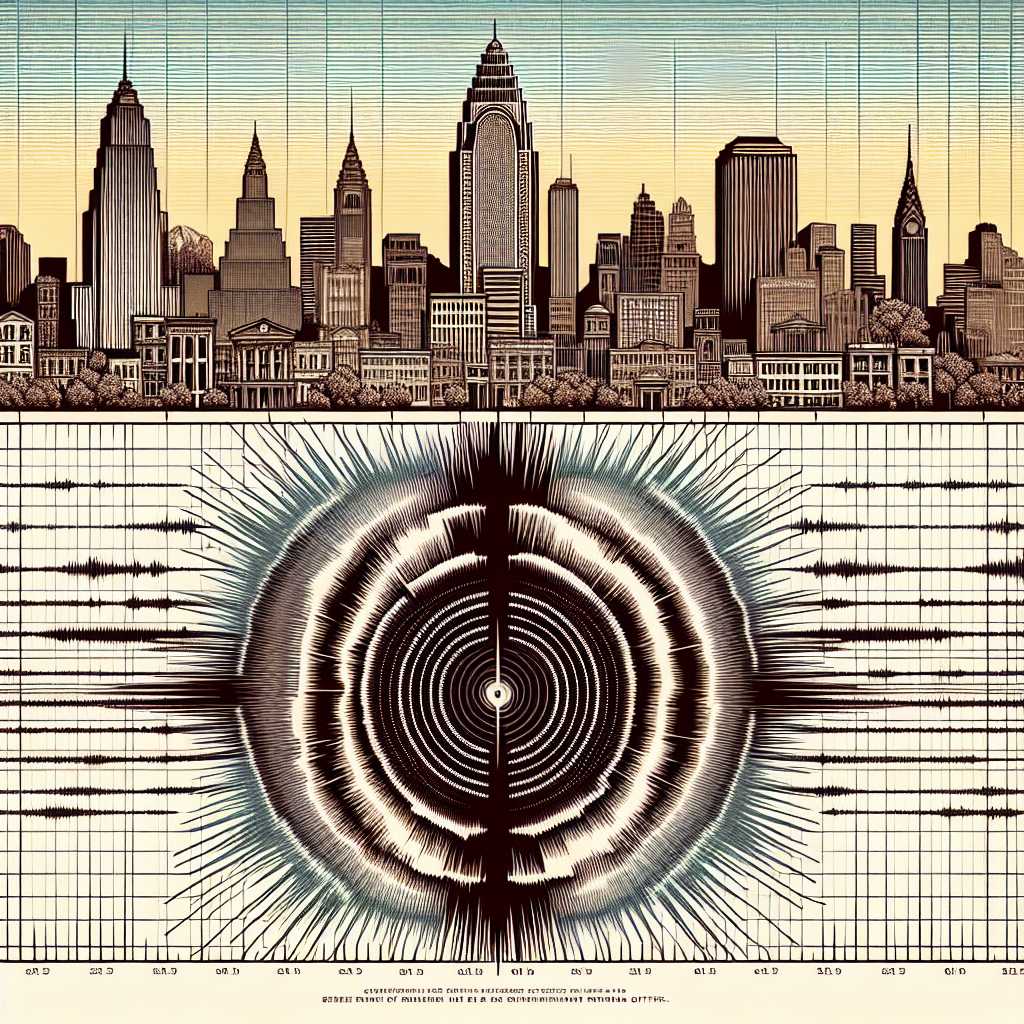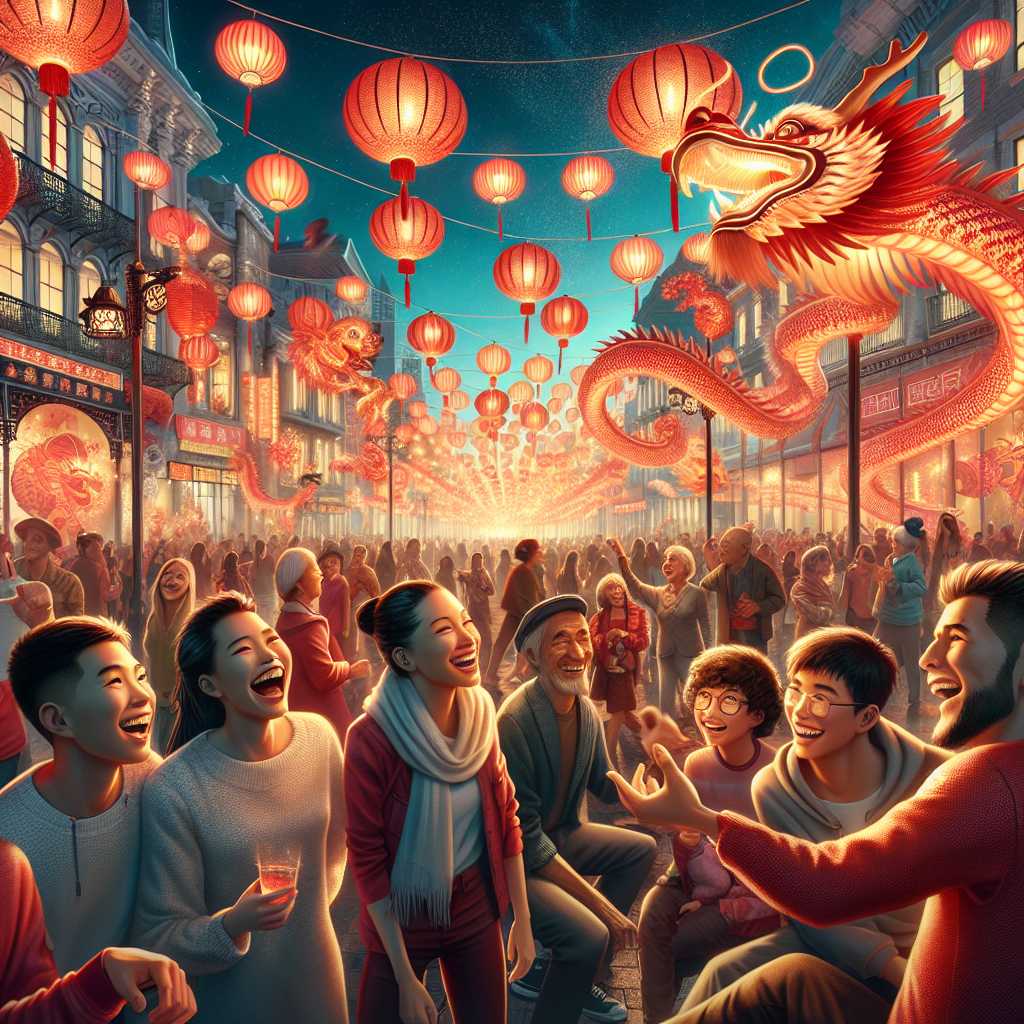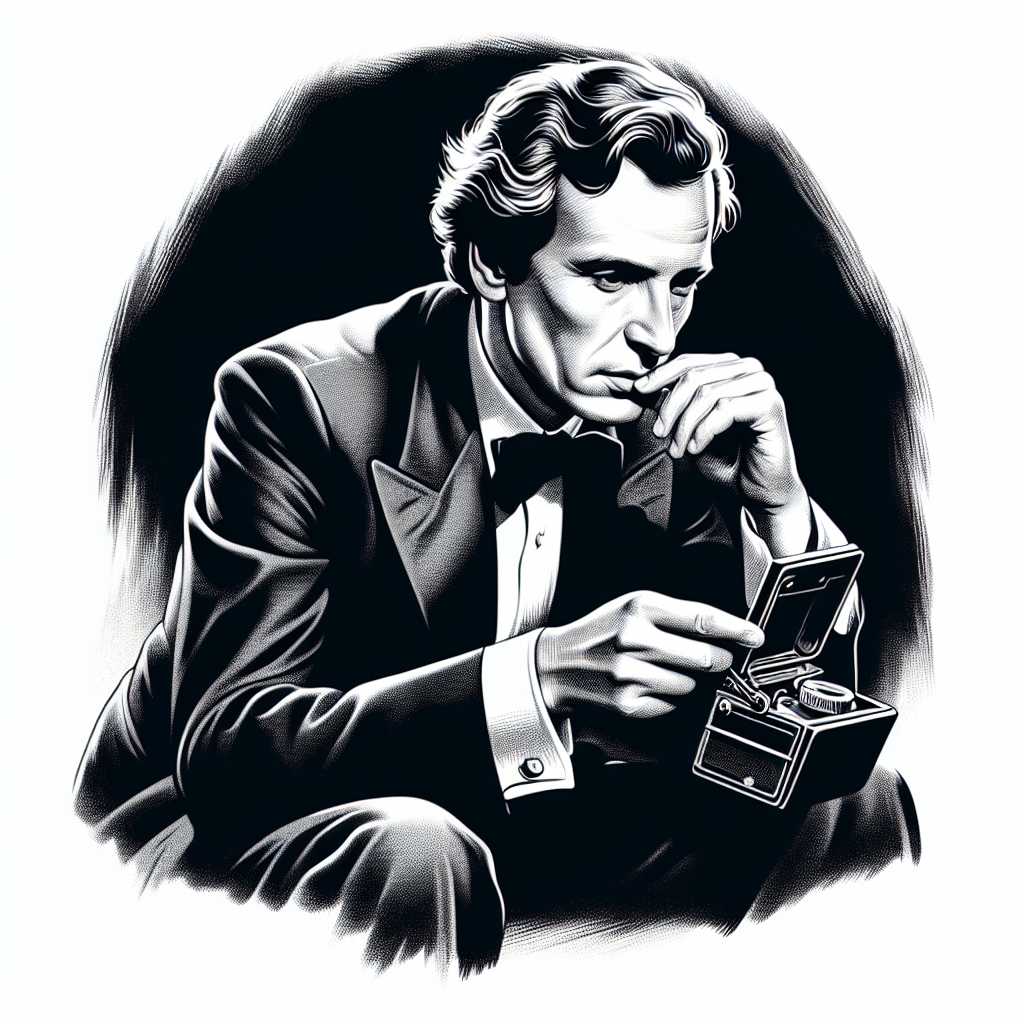## Celebrating Lunar New Year 2025: Traditions, Significance, and Global Impact
The Lunar New Year, also known as Chinese New Year or Spring Festival, is one of the most significant and vibrant celebrations in the world. Each year it is marked with an array of cultural festivities and traditions that bring together families and communities in a spirit of renewal and hope. In 2025, billions of people across the globe will come together to celebrate this auspicious event, which promises to be a profound cultural experience for many.
The Cultural Significance of Lunar New Year
The Lunar New Year is steeped in history and mythology. Rooted in ancient agricultural society, it marks the end of winter and the beginning of spring, symbolizing new life and fresh beginnings. It is a time when communities honor deities and ancestors, with the belief that this will bring good luck, health, and prosperity for the coming year.
Each Lunar New Year is associated with one of twelve animals in the Chinese zodiac cycle, each animal bringing its unique characteristics to the year. The celebration kicks off on the night preceding the first day of the lunar calendar and extends over 15 days, culminating with the Lantern Festival.
Lunar New Year Traditions and Customs
Traditions during Lunar New Year are both time-honored and region-specific. Here are some of the widespread traditions that people engage in during this festive season:
–
Cleaning:
Days before New Year’s Day, families undertake a thorough cleaning of their homes. This symbolizes sweeping away any ill-fortune to make way for good luck.
–
Decorations:
Red is a predominant color represented in decorations, as it is believed to ward off evil spirits. Homes are adorned with red lanterns, couplets, paper cuttings, and other festive items.
–
Reunion Dinner:
Known as ‘Nian Ye Fan’, this is a family feast held on New Year’s Eve. It is one of the most important meals of the year, with certain dishes being eaten for their symbolic meanings.
–
Red Envelopes:
Also known as ‘Hongbao’, these are gifts usually containing money, given from elders to children or between family members.
–
Dragon and Lion Dances:
These performances are believed to bring prosperity and scare away evil spirits. The dances are often accompanied by loud drumming and fireworks.
Global Celebrations of Lunar New Year 2025
Global Celebrations of Lunar New Year 2025
While Lunar New Year is historically celebrated within Asian countries like China, Vietnam, Korea, and Singapore, its influence has expanded globally due to extensive diaspora communities. Cities around the world hold parades, cultural fairs, and other events that allow for a mix of traditional and contemporary celebrations. Furthermore, as businesses recognize its commercial potential—similar to Christmas in the West—Lunar New Year promotions have become commonplace worldwide.
Economic Impact of Lunar New Year
Beyond festivity, Lunar New Year has considerable economic implications. Referred to as ‘Chunyun’, the mass human migration associated with the holiday season is the largest annual transport rush worldwide affecting travel sectors. Retail sectors also see a surge in shopping as consumers buy gifts and purchase new clothes symbolizing new beginnings.
Challenges and Adaptations
While primarily a time for joyous celebration, Lunar New Year can also highlight challenges such as increased pollution from fireworks or strains on urban infrastructure due to mass travel. Additionally, each year sees creative adaptations to changing circumstances such as digital red envelopes or virtual reunions — trends that may continue into 2025.
Notes
Description for an Image
Image description: A bustling street scene adorned with vibrant red decorations for Lunar New Year 2025. Bright lanterns hang from shop-fronts and below them families browse market stalls selling traditional festive wares. In the foreground children excitedly hold red envelopes received from their elders amidst a backdrop filled with joyous celebration energy.
OYvdq



